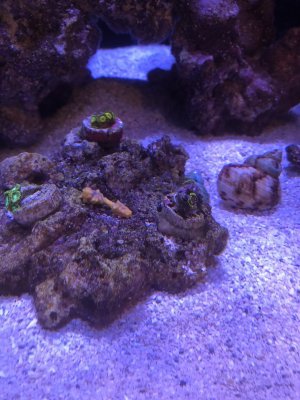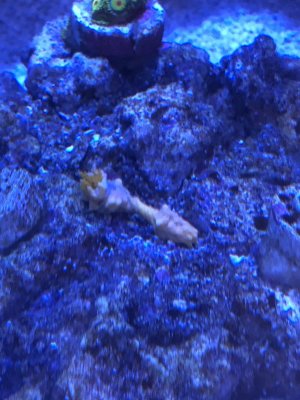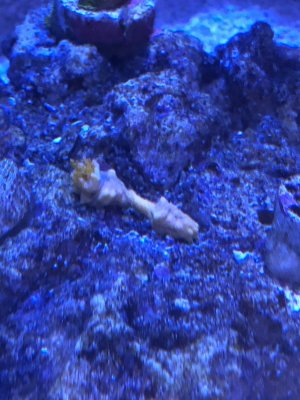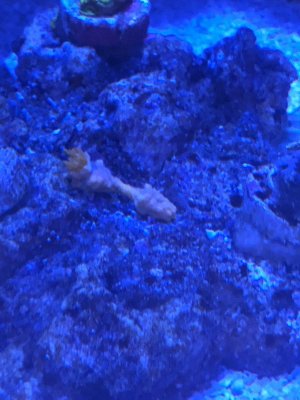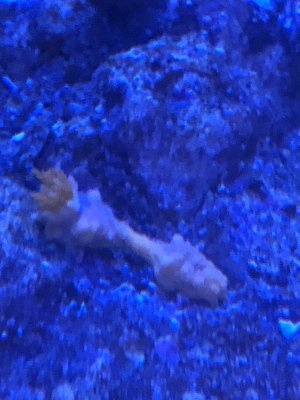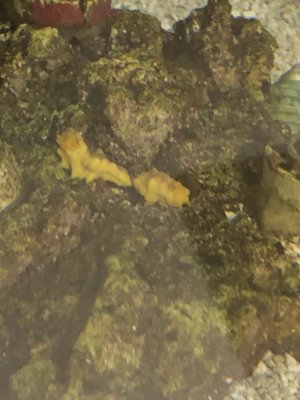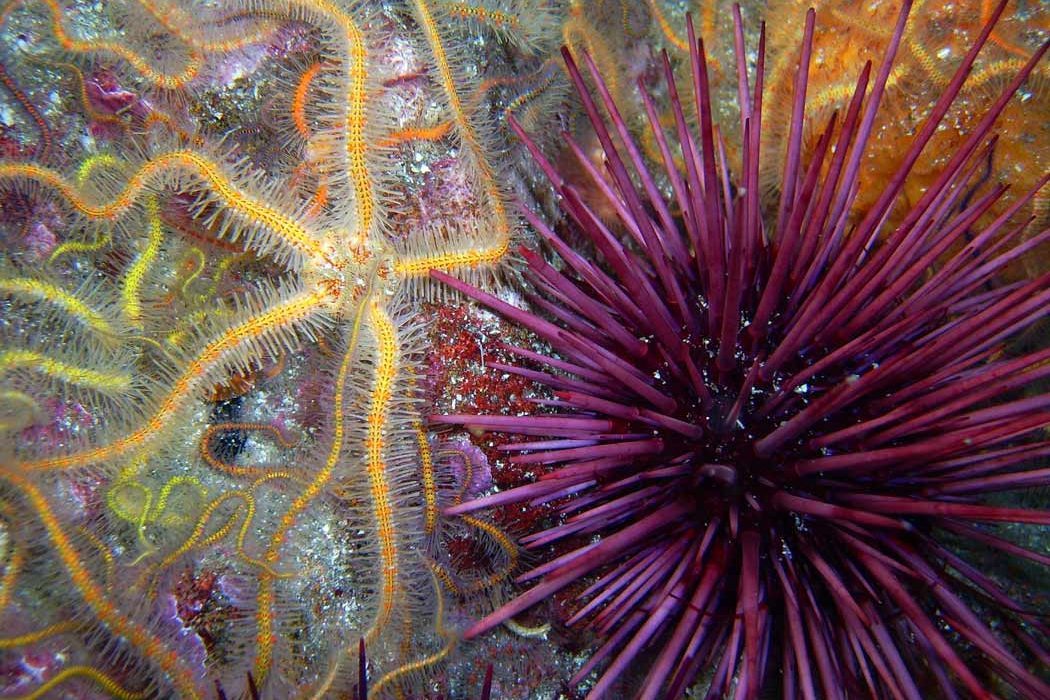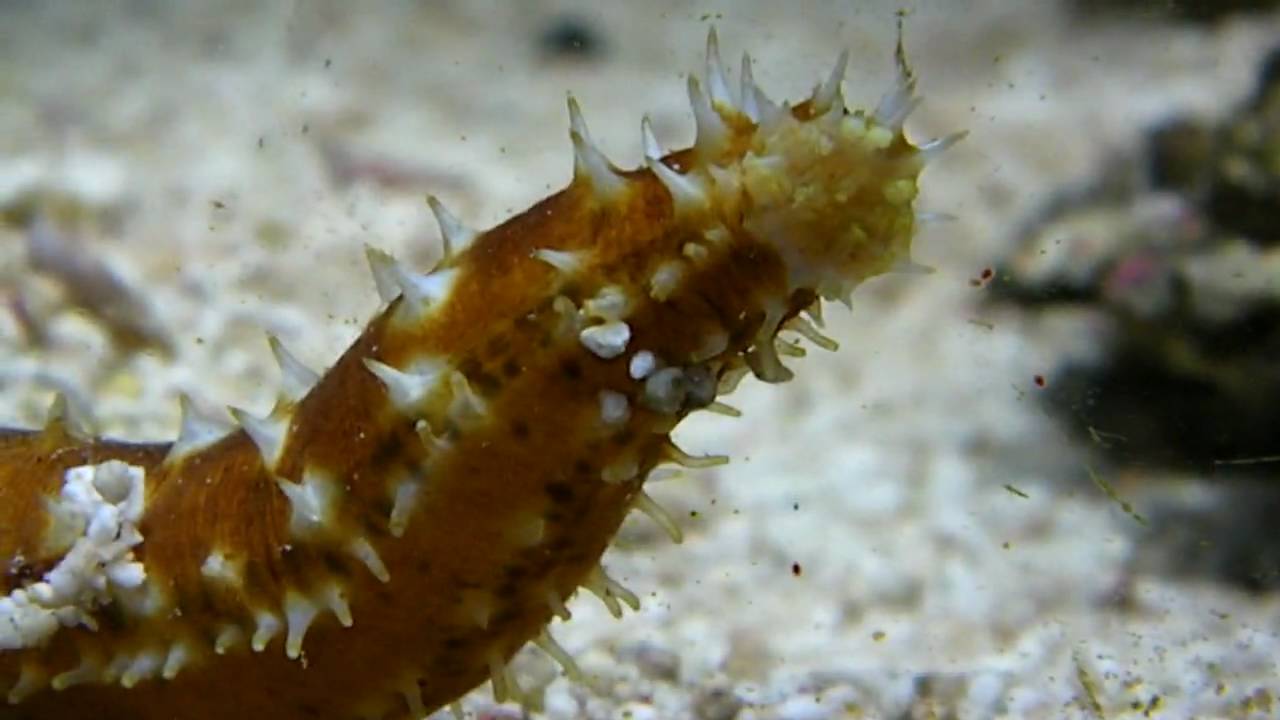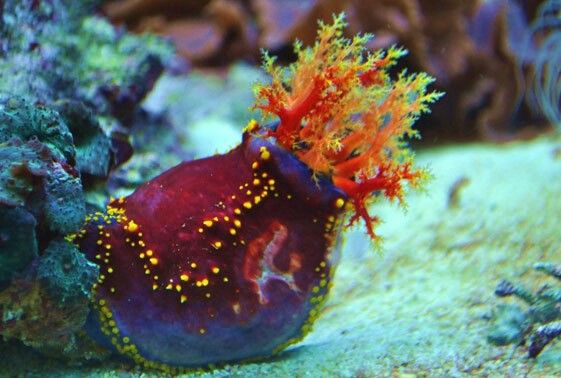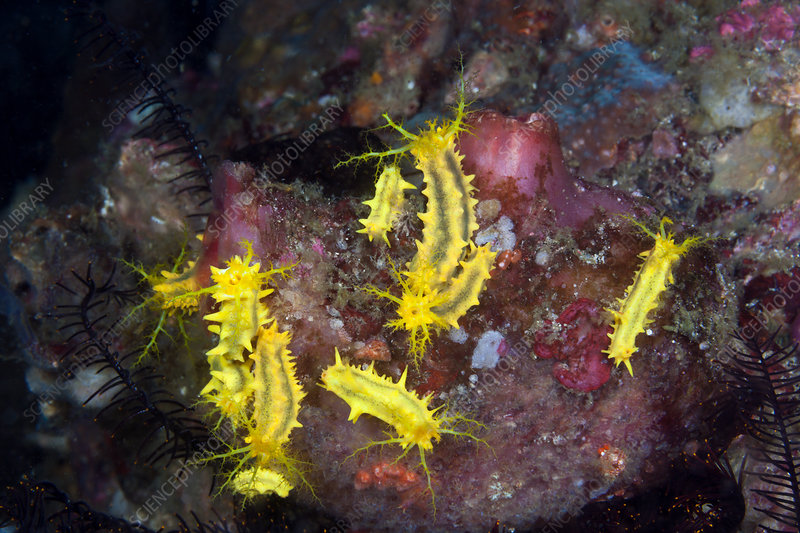- Joined
- Dec 1, 2019
- Messages
- 2,694
- Reaction score
- 11,005
Barnegat bay ,, Long Beach islandWhere (which bay) did you collect them if you don't mind me ask? I am landlocked in WI so never a chance I can have the pleasure of collecting my own. I used to live in Belize and really missed seeing them in the wild!




